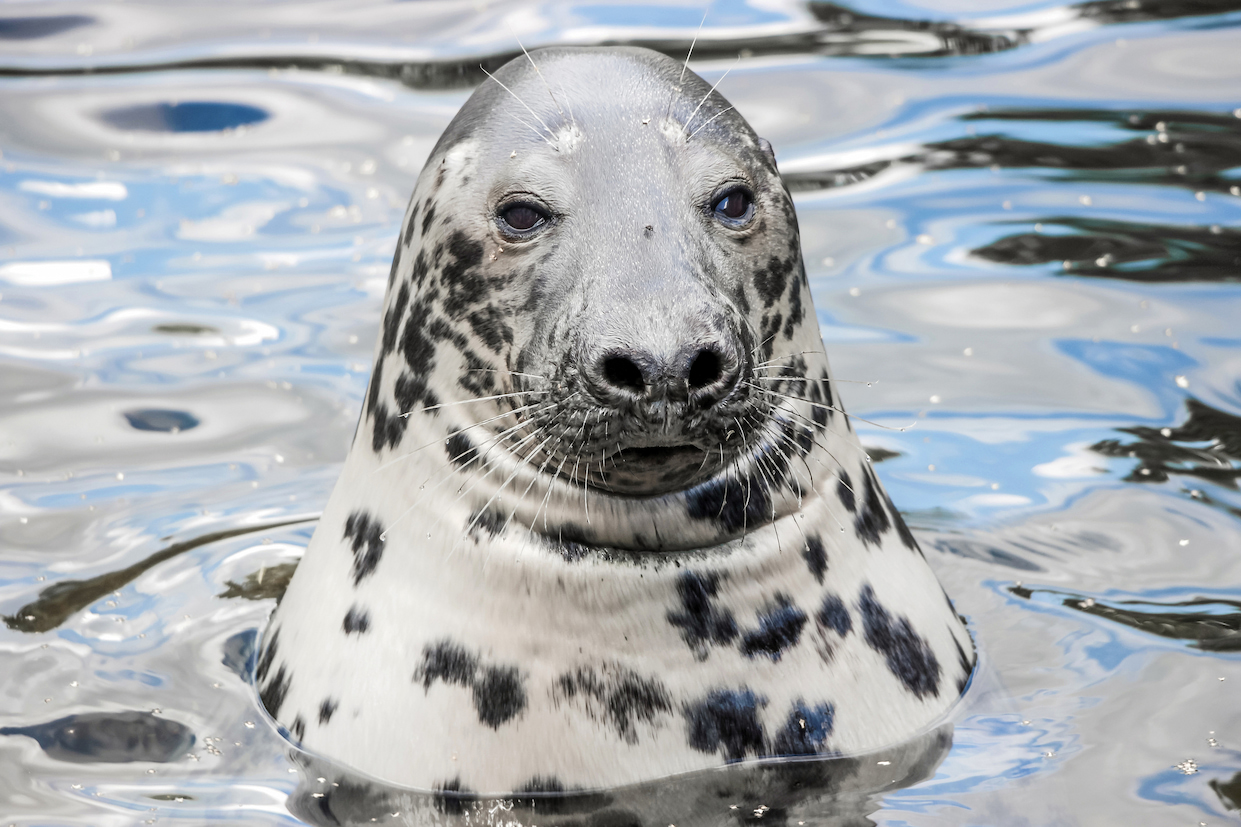

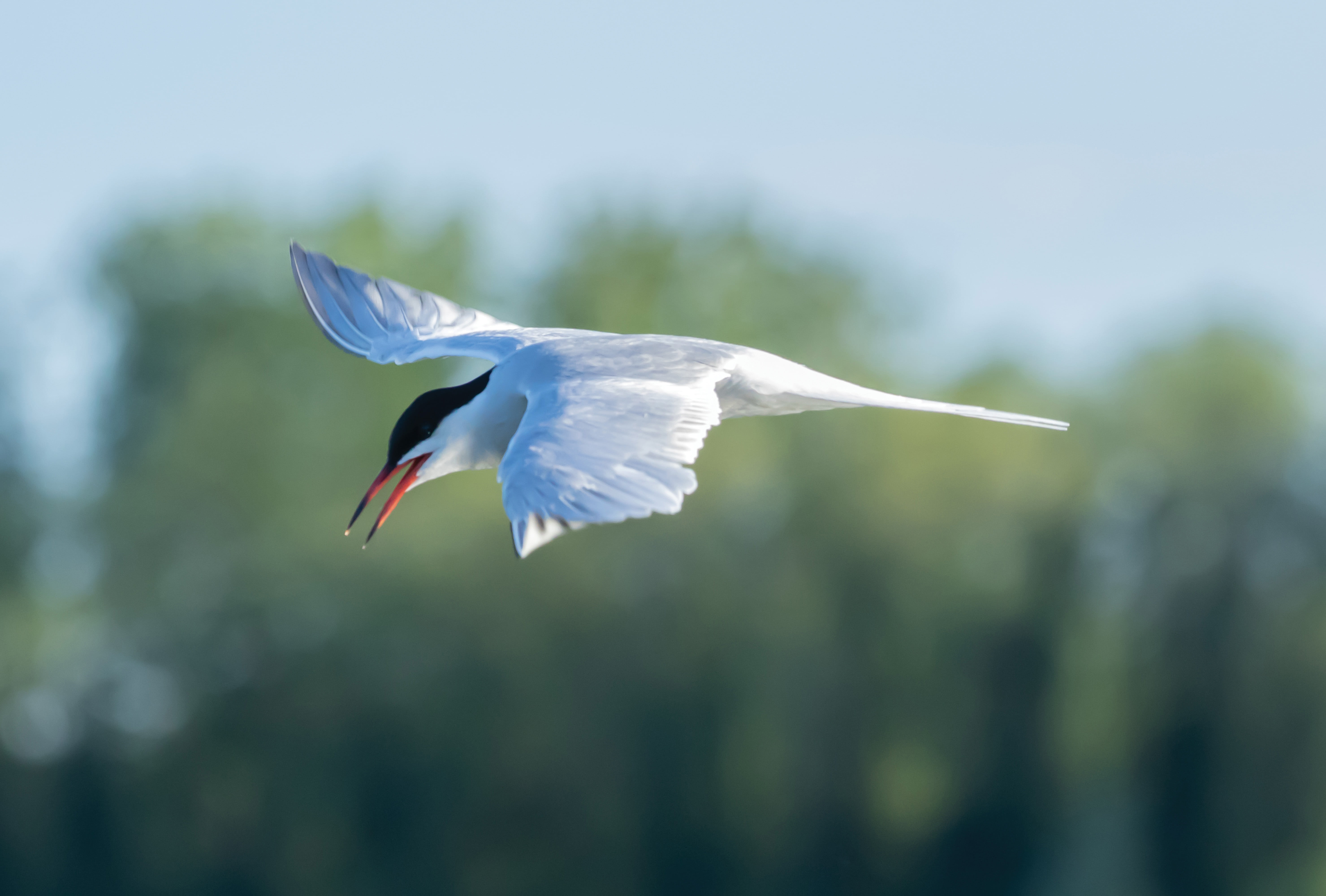
Autumn is the best time of the year to see terns as they migrate from their breeding sites. They gather on the rocky foreshore islets often in very large numbers, with common and sandwich terns being seen most regularly. Arctic terns are also found here but have recently declined in numbers.
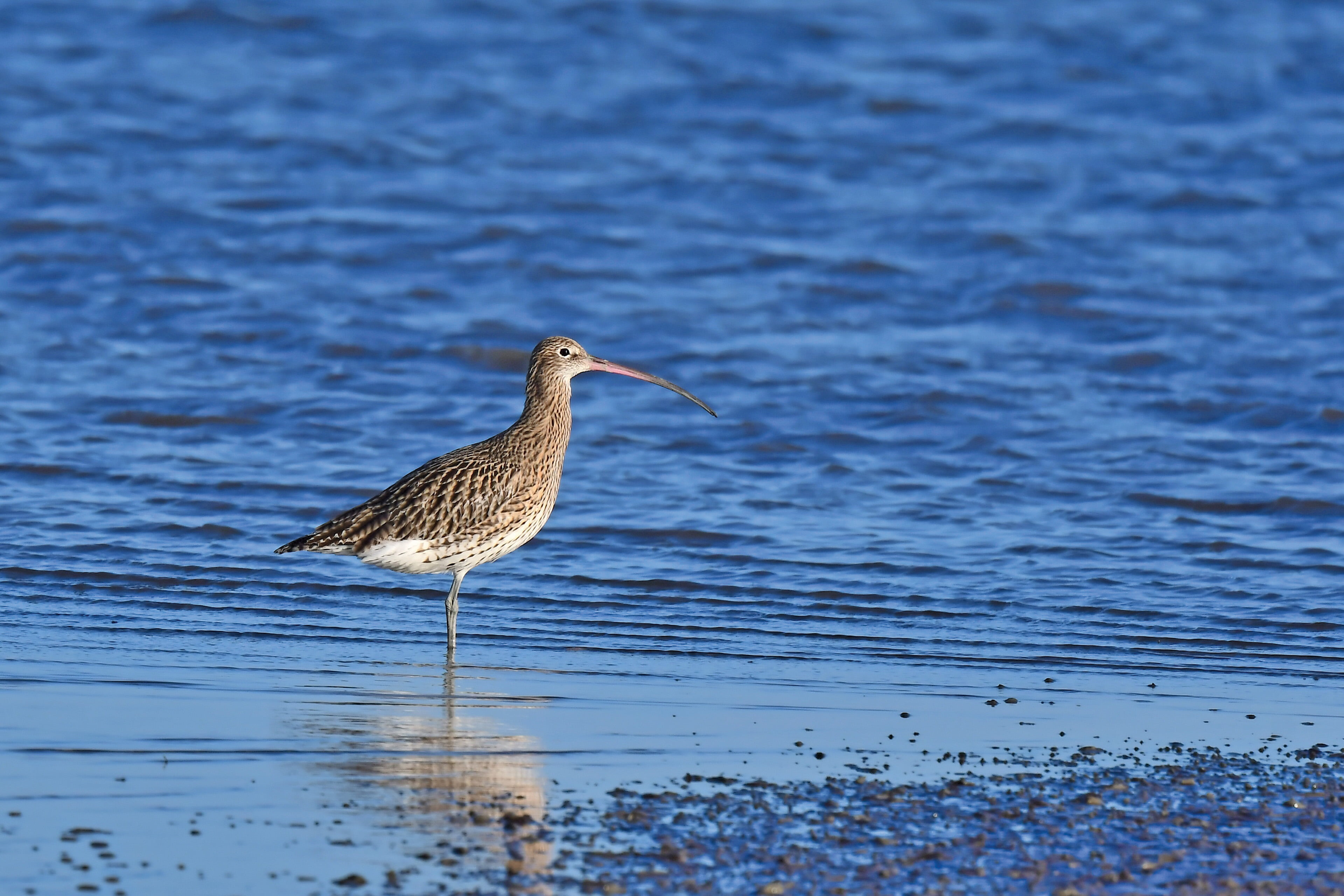
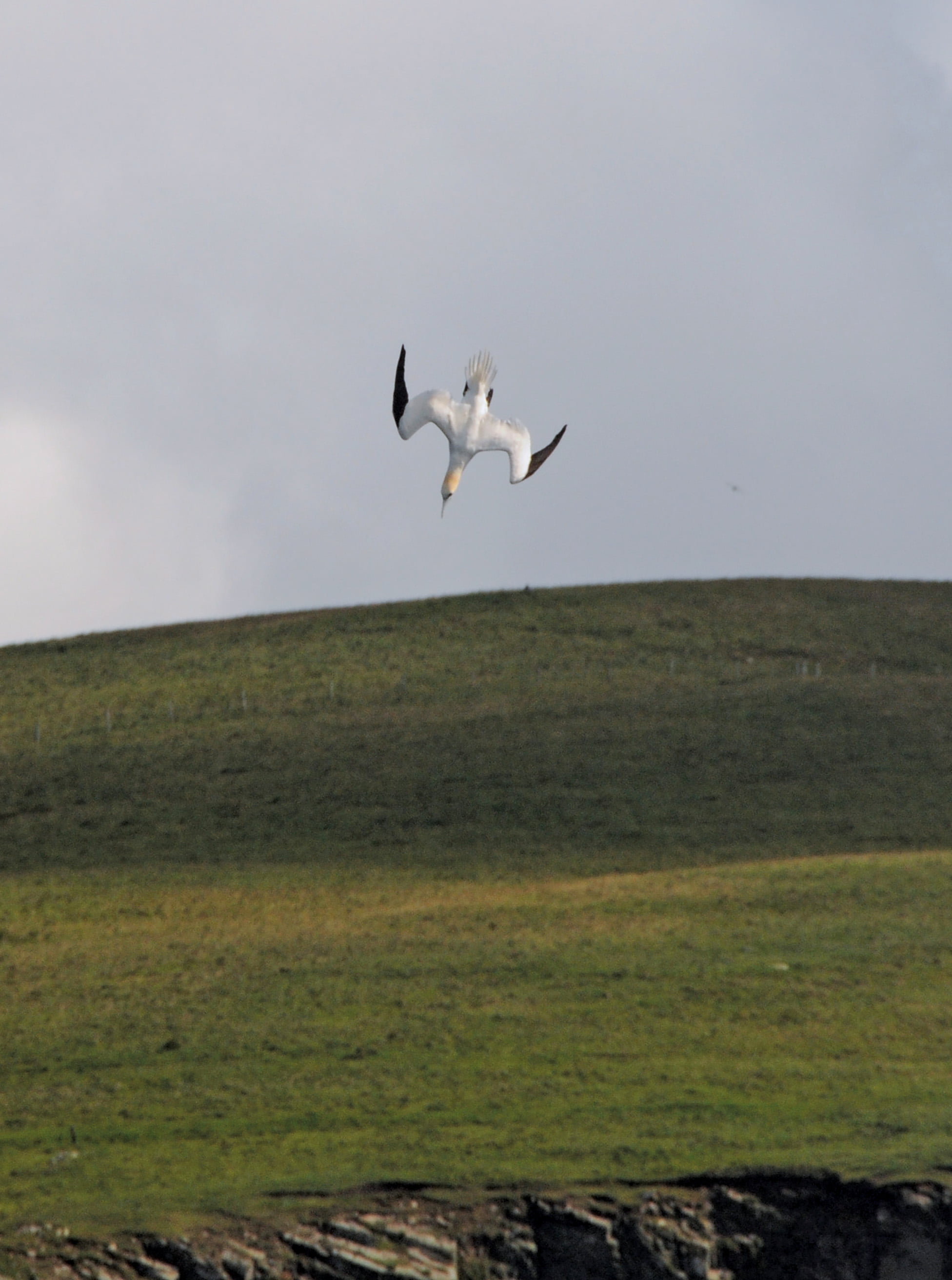
Little terns are much scarcer, which is odd because not too long ago they used to breed at the southern end of Carnoustie beach. Disturbance especially by dog walkers put paid to that. A quick summary of the three categories (red, amber, green) of the UK’s birds of conservation concern (BoCC4) and the relevant lists can be found here. These lists keep track of how different species are doing, and any birds that are rated red are in need of urgent action.
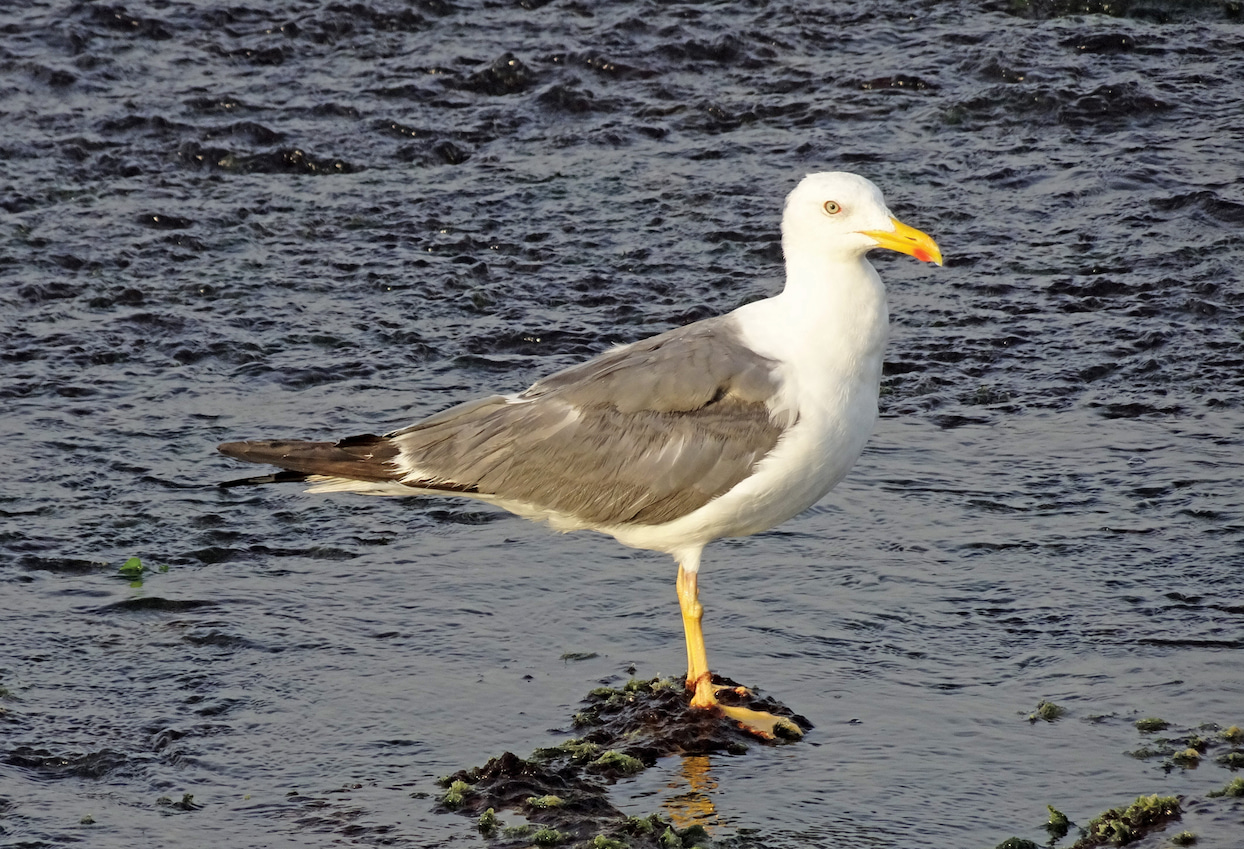
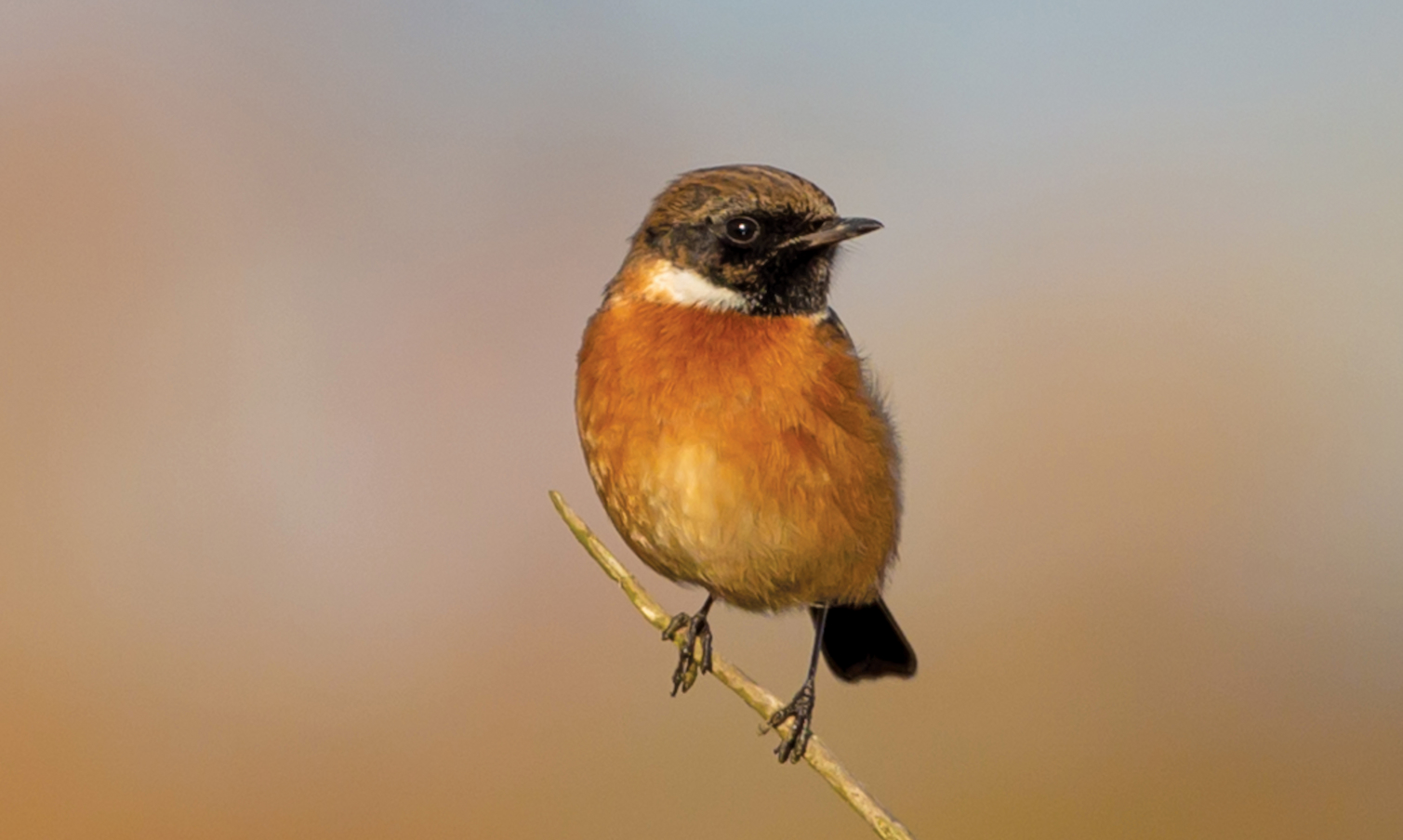
Cormorants and shags can regularly be seen off the rocks at West Haven, and over recent years the area has regularly attracted the rare roseate tern. There are also occasional sightings of black terns, especially in juvenile plumage. Terns feeding offshore in summer include Common, Sandwich, Arctic, (nest on Firth of Forth islands), and very occasional sightings of a Roseate tern. The Arctic tern famously travels from Antarctic to Arctic and back each year.
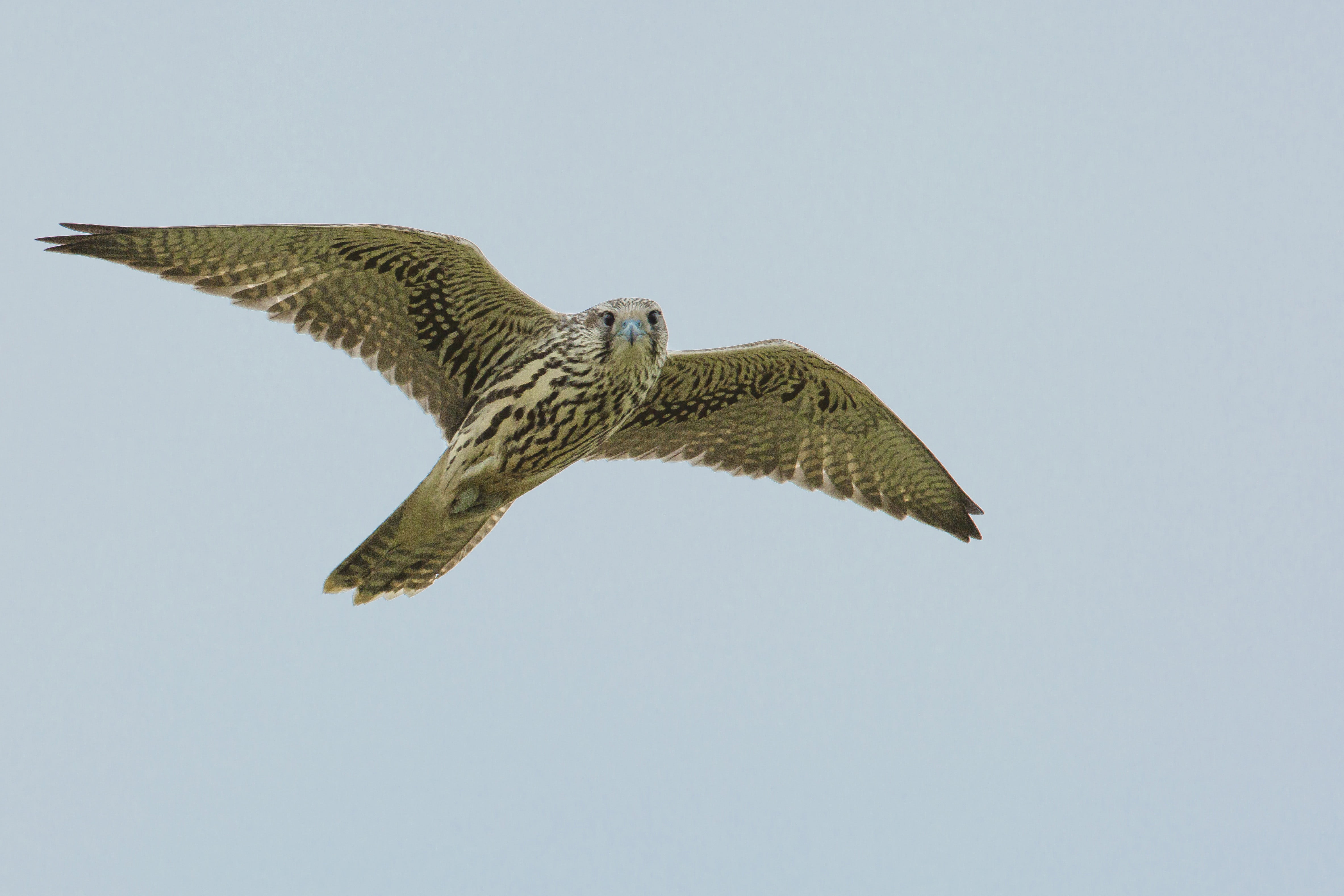
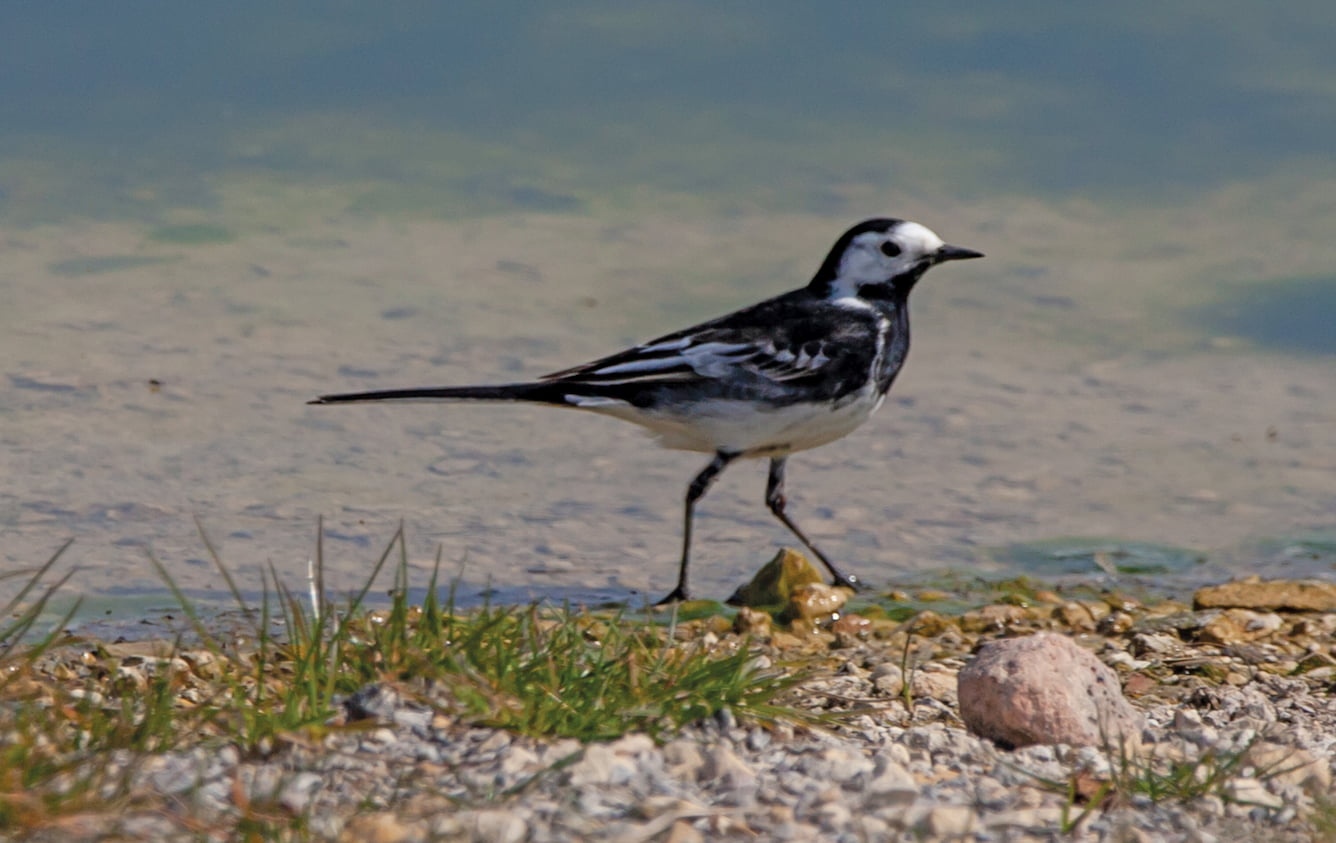
Also look out for skuas on autumn passage. This area is not especially noted for raptors, but do look out for peregrine falcons hunting along the coast and if you look across to Fife you may be lucky and see a whitetailed sea eagle venturing out across the mouth of the Tay.
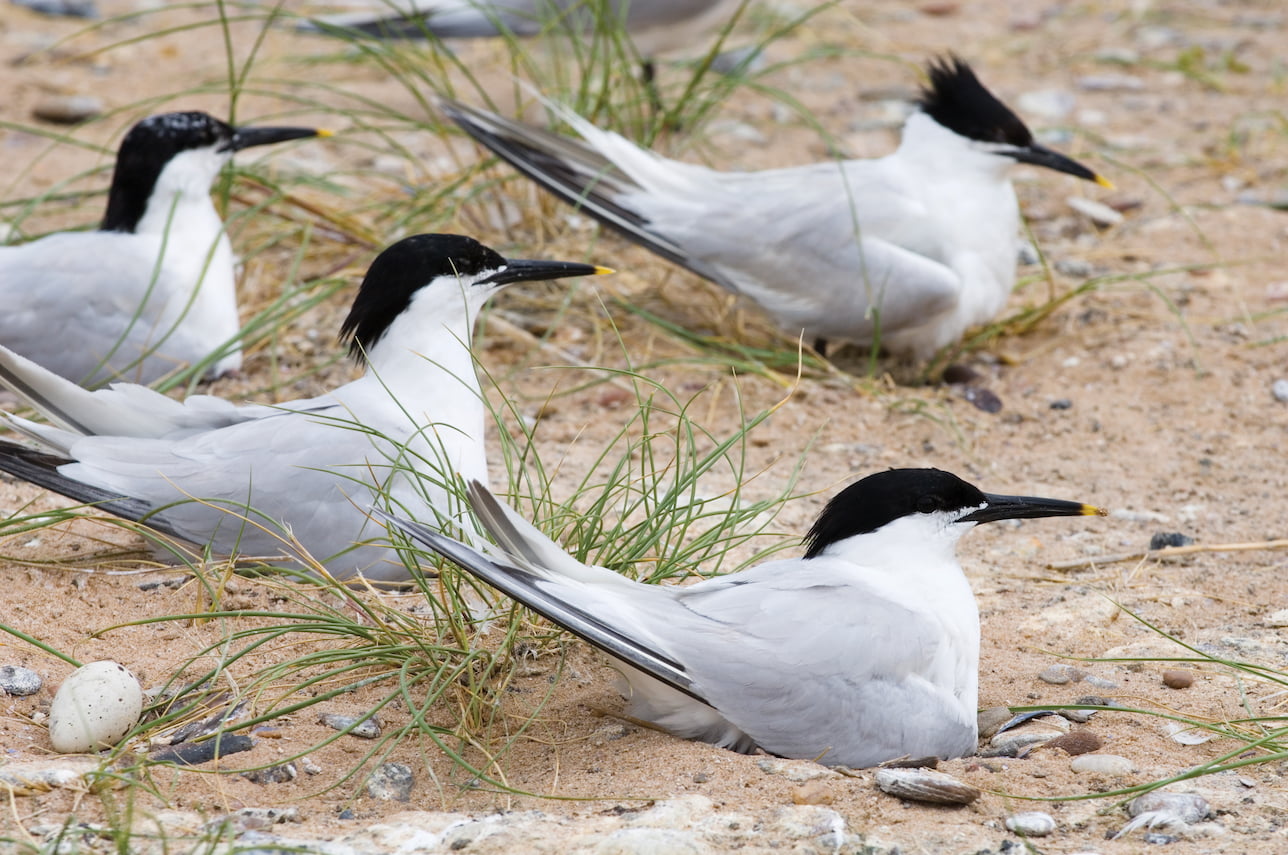
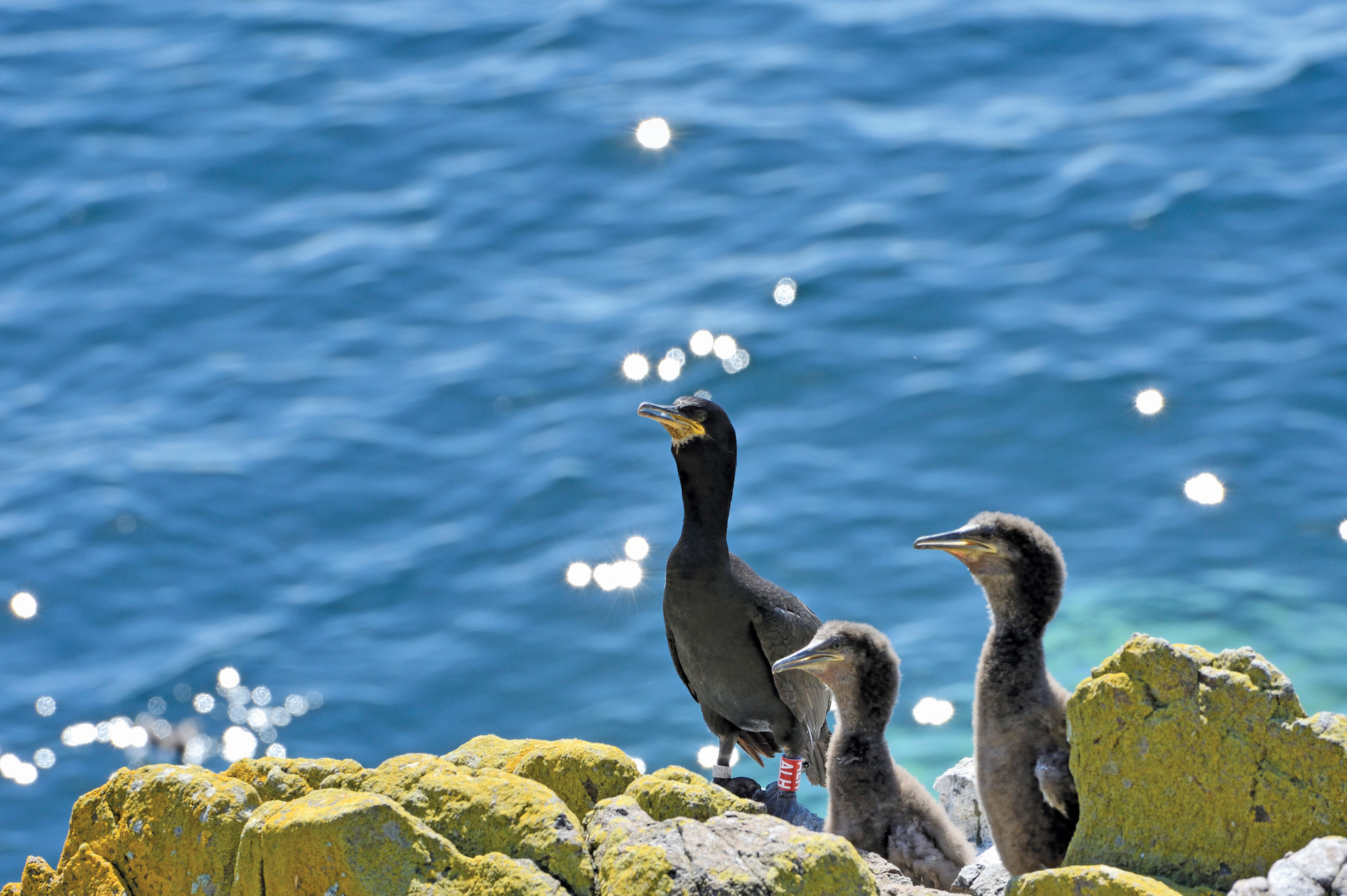
Of the smaller birds the stonechat, meadow and rock pipit are common. At migration time there are often wheatears on the beach and groups of pied wagtails. Look closely among the latter as they feed on the seaweed and you may be lucky enough to come across a yellow wagtail.

For warblers it is best to take a detour up Craigmill Den where whitethroat, blackcap, sedge warbler, willow warbler and chiffchaff breed in summer. This lovely, incised valley is also home to dippers, grey wagtails, yellowhammers, linnets, and tree sparrows as well as more common garden birds. Stock doves breed here and spotted flycatcher and lesser whitethroat have been known to breed on occasion. In autumn look over the wall into the scrub around the former ponds at Panbride House (do not enter the grounds) and you may find the scarce yellow-browed warbler.
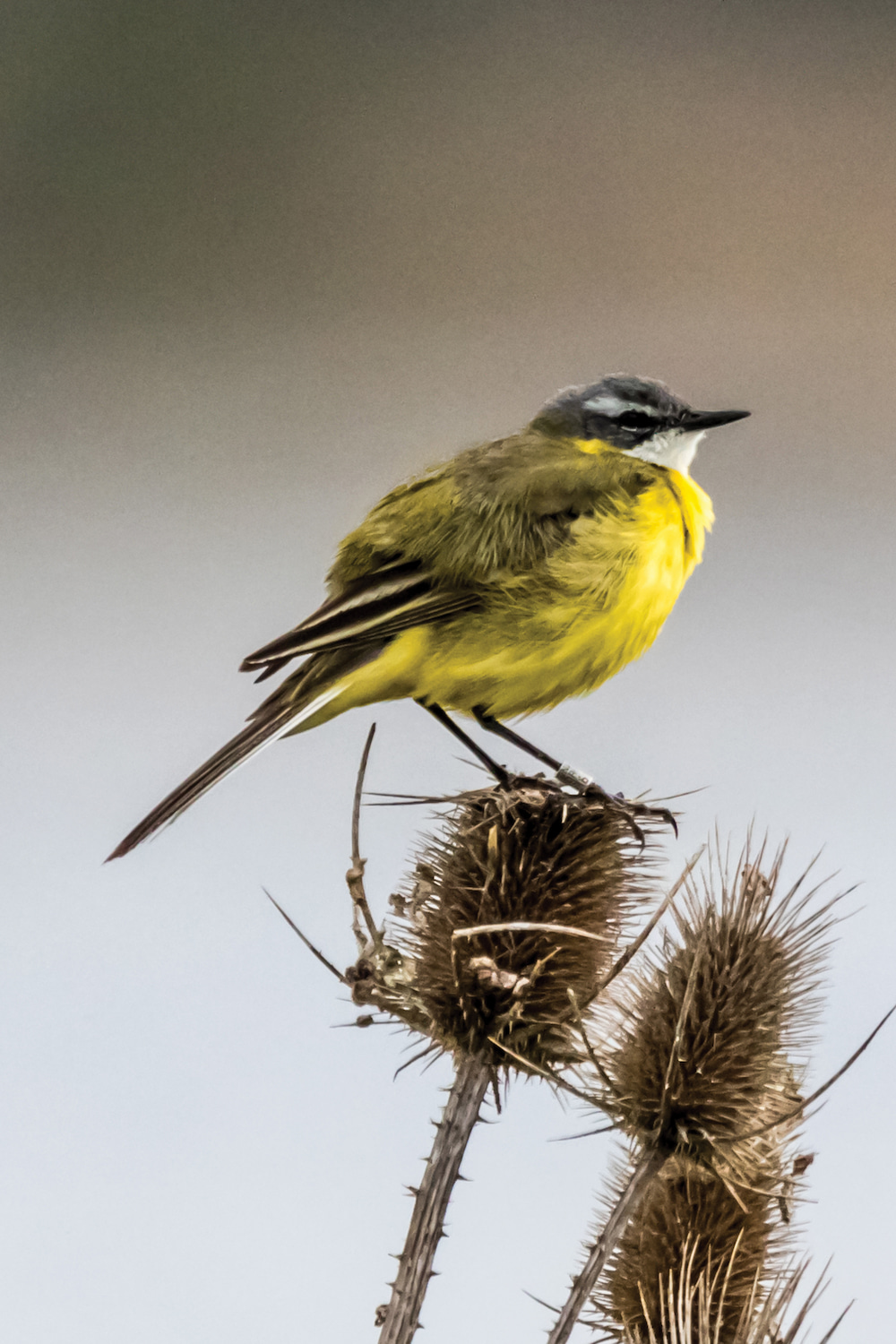
If all of this is not sufficient to satisfy you, remember that real rarities do turn up. These have included avocet, black redstart, arctic redpoll, king eider, ortolan bunting, white-rumped sandpiper, red-breasted flycatcher, nightjar, laughing gull, storm and leach’s petrel to name but a few! The Carnoustie coastline is a delightful, very accessible and popular place for a coastal walk. Why not combine it with some interesting birdwatching.